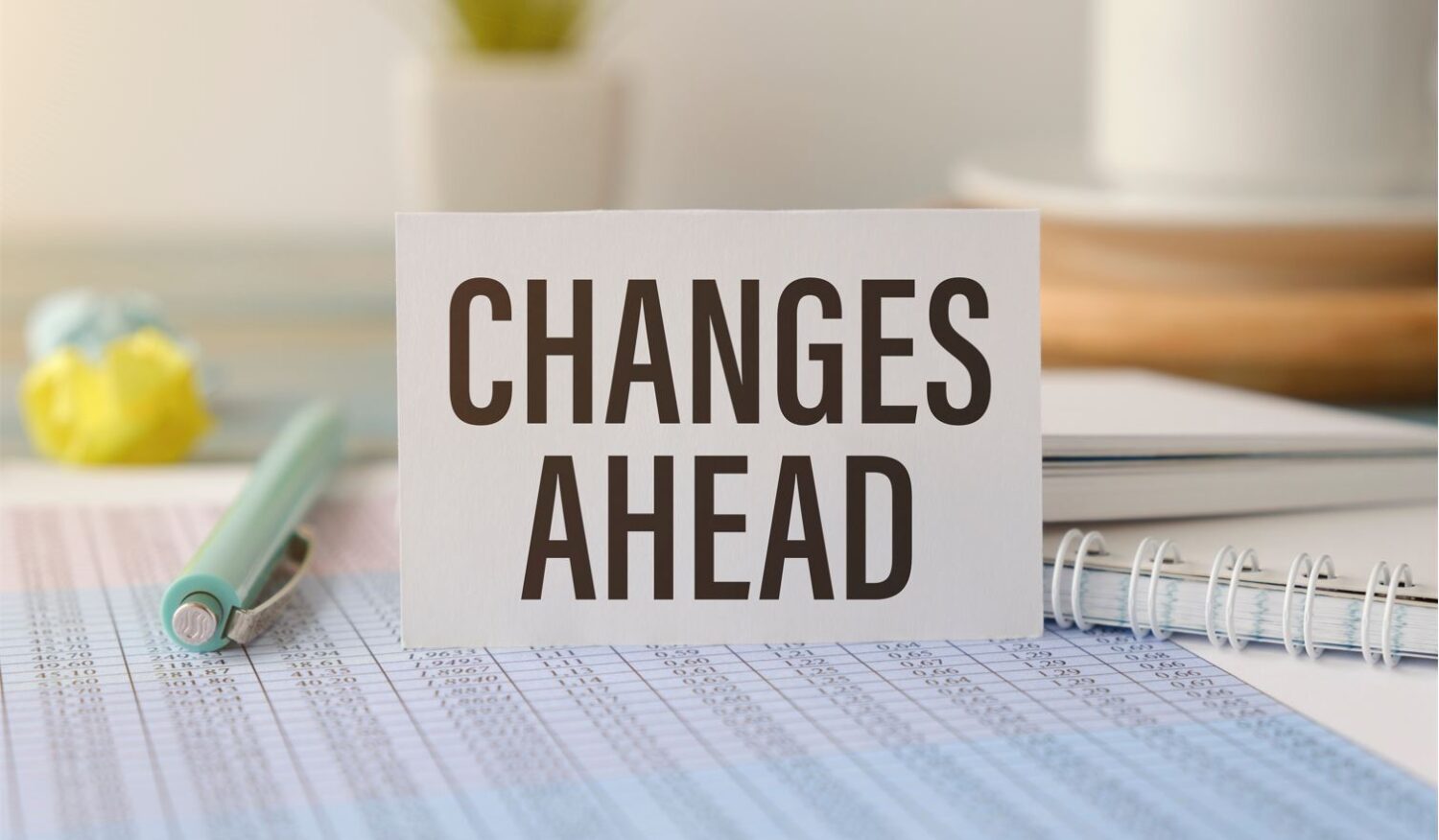The new lease standard is coming. Let's make sure you are ready! Read on for the first of our four-part series.
Please note, if applicable, your M&S Advisor will reach out soon to ensure the implementation of this standard is part of your compliance work.
The New Lease Standard... Coming (really) soon!
You’ve probably heard rumblings about the FASB’s new accounting and reporting standard for leases – Accounting Standards Update No. 2016-02, Leases (Topic 842). This new standard will become effective for non-public business entities for fiscal years beginning after December 15, 2021, and interim periods within fiscal years beginning after December 15, 2022. This standard requires companies to include more leases than ever on their balance sheet.
This challenge is significant. Historic lease documents may not be stored in a central location or include clear language. Additionally, embedded leases may exist within all sorts of other contracts.
For many of our clients, implementation may require significant investment(s), attention, and leadership time. New or upgraded systems may be necessary. Most importantly, reviewing and understanding existing lease agreements will be required to capture specific information at new levels of detail. In other words, this may be a bigger undertaking than many anticipate.
The following article goes through the basics of the analysis and accounting behind the new standard.
The Accounting of ASC 842
Many companies lease assets – such as buildings, equipment, and vehicles. A lease is a contract, or part of a contract, that conveys the right to control the use of an identified asset for a period of time in exchange for consideration. Control over the use of the identified asset means that the customer has both (1) the right to obtain substantially all of the economic benefits from the use of the asset, and (2) the right to direct the use of the asset. In most cases, consideration reflects lease payments over the term of the lease.
Under ASC 842, all operating leases must be presented on the balance sheet by recording a debit to an account referred to as "right-of-use (ROU) asset," with a corresponding credit for the lease liability.
Why is this change necessary?
The purpose of ASC 842 is to bring most operating leases, which are currently accounted for off-balance sheet, onto the balance sheet.
This will provide financial statement users a more realistic view of the lease obligations of an individual company. This may be particularly important for those looking to buy, sell, or invest in an organization.
Applying the New Standard
As we discussed at the beginning of this article, applying ASC 842 correctly will likely be a confusing and time-consuming task for organizations, especially those with complex or a significant number of leases.
We are here to help you with:
- Meeting the new financial requirements under ASC 842.
- Accurately classifying your leases as operating leases or finance leases using ASC 842.
- Generating accurate lease calculations and amortization schedules.
Your M&S Advisor will be reaching out to assist with the implementation of this standard. In the meantime, if you have any questions, we invite you to read more on our website or reach out to your primary M&S relationship partner.
What Should I Do Right Now?
ASC 842 may impact the debt and credit arrangements you have with your lenders. In fact, while the health of your business may not change – the updates to your financial statements could have a significant and negative impact on your debt ratios. In the most severe cases, this could trigger a “default” on your debt agreements.
In addition to discussing the changes with your M&S Advisor, we recommend reaching out to your lenders and banking partners to discuss how your financial information will be used and what potential impact the new standard will have.
Specially, you and your partner should:
- Review any clauses in your current agreements preventing default from the GAAP adoption
- Renegotiate loan agreements to accommodate the impact of ASC 842
Obtain an incremental borrowing rate used to calculate the value of your lease and obligations.
We are here for you
As things continue to evolve, we will be here to guide you through any changes or questions. Our office has started to reopen. All clients can now safely join us in person or we can meet with you remotely, depending on your preference.

